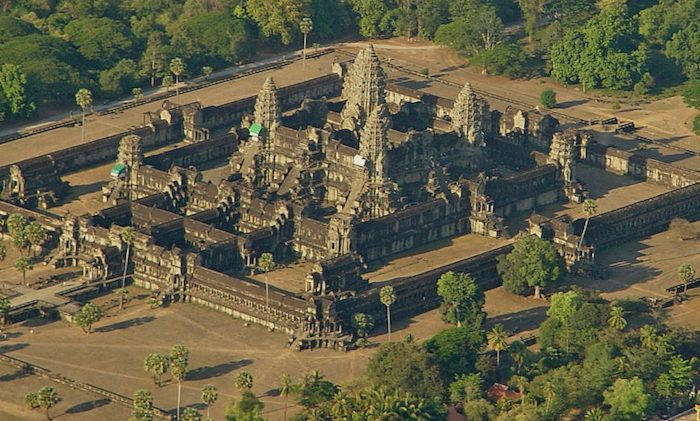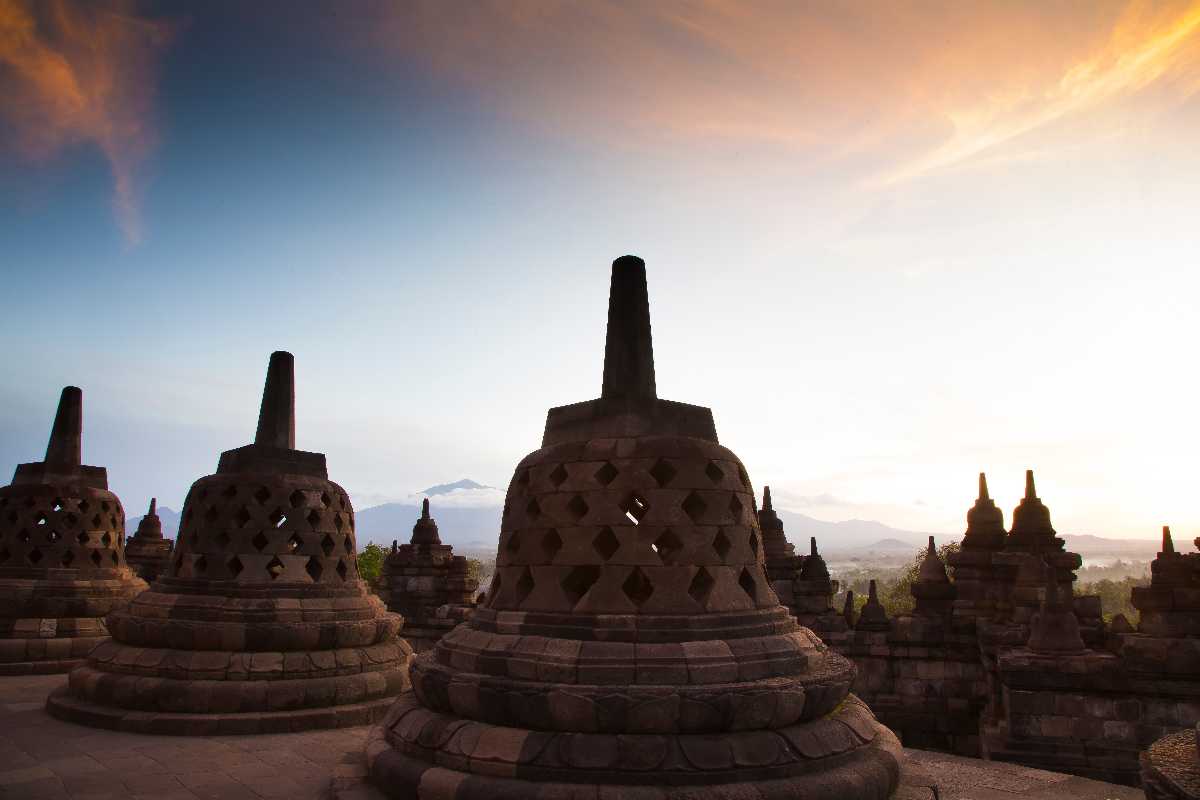Asia history is a grand tapestry woven with the threads of diverse empires, each contributing its unique patterns and colors. From the ancient civilizations of Mesopotamia and the Indus Valley to the mighty empires of China and the powerful sultanates of the Middle East, Asia’s history is a captivating narrative of conquest, culture, and exchange. This article embarks on a journey to unveil the tapestry of empires that has shaped History of Asia and continues to influence its present.
The Rise of Ancient Civilizations:
The tapestry of Asian history begins with the rise of ancient civilizations along the fertile river valleys of Mesopotamia, the Indus, and the Yellow River. These early societies laid the foundation for complex urban centers, writing systems, and trade networks. Mesopotamia’s Sumer, Egypt’s pharaohs, the Harappan civilization, and the Xia dynasty in China were among the first empires to leave their indelible marks on the region.
The Empires of the Classical Era:
The classical era of History of Asia witnessed the emergence of mighty empires that expanded their influence far and wide. The Persian Achaemenid Empire, under the rule of Cyrus the Great, stretched from Egypt to the Indus River. Alexander the Great’s conquests brought about the Hellenistic influence on the region, impacting cultures and societies.
In the east, the Han Dynasty of China fostered a golden age of prosperity and cultural achievements, while India’s Maurya and Gupta Empires marked significant periods of political stability and intellectual flourishing.
The Crossroads of the Silk Road:
The Silk Road played a pivotal role in connecting the empires of Asia with the Mediterranean world and beyond. Traversing the vast expanse of the continent, this network of trade routes facilitated the exchange of goods, technologies, and ideas, enabling cultural diffusion and cross-cultural interactions. The Silk Road not only enriched the empires economically but also catalyzed the exchange of knowledge and philosophies.
The Islamic Empires:
The medieval era saw the emergence of powerful Islamic empires that left a lasting impact on History of Asia. The Abbasid Caliphate in Baghdad and the Umayyad Caliphate in Cordoba were centers of learning and cultural advancement. The Ottoman Empire, originating in Anatolia, rose to become one of history’s most enduring and influential empires, leaving an indelible legacy on art, architecture, and governance.
The Ming and Qing Dynasties of China:
China’s Ming and Qing Dynasties ushered in an era of prosperity and innovation. The Ming Dynasty’s achievements in arts, literature, and maritime exploration under Admiral Zheng He’s expeditions brought the empire to the forefront of global influence. The Qing Dynasty’s rule extended over vast territories, ushering in a period of stability and expansion.
The Age of Colonialism:
The tapestry of Asian history took a tumultuous turn with the arrival of European colonial powers. From the British Raj in India to the Dutch East Indies, colonial empires vied for dominance, leaving deep imprints on Asian societies and economies. While colonial rule brought about modernization and infrastructure development, it also sowed seeds of discontent, eventually fueling nationalist movements.
The Modern Asian States:
In the 20th century, the threads of empire were gradually unraveled, giving rise to independent nation-states across Asia. From the struggles for independence in India led by Mahatma Gandhi to the founding of the People’s Republic of China under Chairman Mao Zedong, the 20th century marked a transformative period in Asian history. Post-independence, Asia experienced rapid economic growth and development, shaping the continent into a vibrant and diverse tapestry of cultures, economies, and ideologies.
Asia’s history is a tapestry interwoven with the rise and fall of empires, the ebb and flow of cultures, and the exchange of ideas. From the cradle of civilization to the crossroads of the Silk Road and the challenges of colonialism, Asia’s past continues to shape its present and future. Understanding this tapestry of empires enables us to appreciate the rich heritage and diverse legacy that has made Asia a dynamic and influential force in the world. As we unveil the history of Asia, we find inspiration in the resilience of its peoples and the enduring legacy of its empires.

Unveiling the Tapestry History of Asia: A Journey through Time and Civilization
Asian history is a tapestry woven with threads of ancient civilizations, rich cultural heritage, and monumental historical events. From the birth of ancient empires to the struggles for independence and the rise of modern nations, Asia has witnessed the ebb and flow of countless dynasties, conquests, and societal transformations. In this article, we embark on a captivating journey through the annals of Asian history, exploring its milestones, complexities, and enduring legacies.
The Cradle of Ancient Civilizations
Asia is a cradle of ancient civilizations that have shaped human history. Mesopotamia, located in modern-day Iraq, was home to the Sumerians, who invented writing and established the first city-states around 3000 BCE. In the Indus Valley, the Harappan civilization thrived in present-day Pakistan and northwestern India, displaying impressive urban planning and advanced drainage systems.
China’s ancient civilization emerged along the Yellow River, with the Xia, Shang, and Zhou dynasties laying the foundation for Chinese culture, philosophy, and governance. In India, the Indus Valley Civilization gave way to the Vedic period, which saw the emergence of Hinduism and the flourishing of ancient kingdoms.
The Spread of Empires and Religions
Asia witnessed the rise and fall of mighty empires that spanned vast territories and influenced regional cultures and beyond. The Persian Empire, under Cyrus the Great, expanded its dominion from present-day Iran to Egypt and Greece, creating a diverse and cosmopolitan realm.
In India, the Maurya and Gupta Empires left a lasting impact, fostering intellectual and artistic achievements. The Mauryan Emperor Ashoka’s conversion to Buddhism and his promotion of nonviolence and social welfare reverberated throughout the continent.
The Mongol Empire, founded by Genghis Khan, swept across Asia, Europe, and the Middle East, leaving a legacy of cultural exchange and trade along the famous Silk Road. Meanwhile, the Ottoman Empire emerged in Anatolia and expanded its dominion across Asia Minor, the Middle East, and parts of Europe, shaping the course of Islamic civilization.
The Age of Exploration and Colonialism
The Age of Exploration brought European powers to Asia, leading to a period of colonialism and immense changes. The Portuguese, Dutch, Spanish, French, and British established trading posts, colonies, and trading networks throughout Asia, reshaping political boundaries and economic systems.
The British Raj in India, the Dutch East India Company’s dominance in Indonesia, and French colonization of Indochina left lasting imprints on Asian societies. The opium trade and the resulting Opium Wars between China and Great Britain signaled a turning point in China’s history, leading to the decline of the Qing Dynasty and the emergence of nationalist movements.
Asian’s Struggles for Independence and Modernization
The 20th century witnessed a wave of movements for independence and modernization across Asia. Mahatma Gandhi’s nonviolent resistance movement in India inspired nationalist movements throughout the continent. Countries such as India, Pakistan, Myanmar, and Sri Lanka gained independence from colonial rule, establishing their own paths towards self-determination.
Asia also experienced significant geopolitical shifts, including the Chinese Revolution, led by Mao Zedong, which brought the Communist Party to power, and the Korean War, which divided the Korean Peninsula into North and South.
Asia Economic Powerhouses and Technological Advancements
In recent decades, Asia has experienced remarkable economic growth and technological advancements. Japan’s post-World War II recovery transformed it into an economic powerhouse, pioneering industries and becoming a global leader in technology and innovation.
China’s rapid economic development and its transformation into the world’s second-largest economy have reshaped the global economic landscape. Other Asian nations, such as South Korea, Singapore, and India, have also made significant strides in economic growth and technological advancements, propelling the region’s rise as a major player on the world stage.
Asia Legacy and Cultural Heritage
Asian history’s enduring legacies can be seen in the region’s vibrant cultures, artistic traditions, and religious practices. Ancient philosophies such as Confucianism, Buddhism, and Hinduism continue to shape the values and moral systems of Asian societies.
Asian architectural marvels, including the Great Wall of China, Angkor Wat, and the Taj Mahal, stand as testaments to the grandeur and artistic prowess of past civilizations. Traditional art forms like Chinese calligraphy, Indian classical dance, and Japanese woodblock printing have thrived for centuries, preserving cultural heritage and artistic excellence.

Conclusion
The tapestry of Asia history is a testament to the resilience, creativity, and diversity of its peoples. From the ancient civilizations that laid the foundation to the struggles for independence, the region’s history is a source of inspiration, knowledge, and reflection.
Exploring Asian history allows us to understand the interconnectedness of our global past and appreciate the contributions of diverse cultures. It reminds us of the importance of preserving and celebrating cultural heritage, fostering mutual understanding, and learning from the triumphs and tribulations of the past to build a brighter future.


